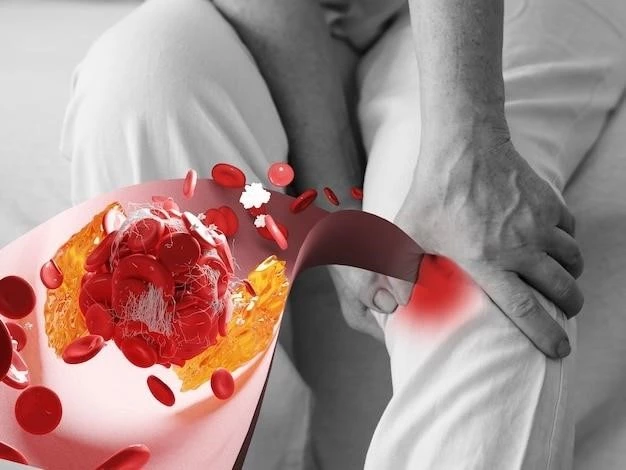The common symptoms of Acute Myeloblastic Leukemia include fatigue,
shortness of breath, frequent infections, easy bruising, and unusual
bleeding such as nosebleeds or bleeding gums.
Less common symptoms may include bone pain, joint pain, swelling of
the abdomen, weight loss, and night sweats.
Common Symptoms
The common symptoms of Acute Myeloblastic Leukemia include fatigue, shortness of breath, frequent infections, easy bruising, and unusual bleeding such as nosebleeds or bleeding gums.
Less Common Symptoms
Less common symptoms may include bone pain, joint pain, swelling of the abdomen, weight loss, and night sweats.
Chemotherapy
Chemotherapy for Acute Myeloblastic Leukemia often involves using drugs to kill cancer cells. This treatment may be given orally, intravenously, or through injections. Common chemotherapy drugs include cytarabine, daunorubicin, and idarubicin.
Bone Marrow Transplant
A bone marrow transplant may be used as a treatment option for Acute Myeloblastic Leukemia. It involves replacing damaged or destroyed bone marrow with healthy stem cells. This procedure can help the body produce normal blood cells and improve outcomes for some patients.
Targeted Therapy
Targeted therapy for Acute Myeloblastic Leukemia focuses on specific molecules involved in the growth and spread of cancer cells. By targeting these molecules, targeted therapy aims to block the growth of cancer cells while minimizing damage to healthy cells, leading to more precise and effective treatment options.
Factors Affecting Prognosis
Several factors can affect the prognosis of Acute Myeloblastic Leukemia, including the patient’s age, overall health, response to treatment, genetic mutations, and the subtype of the disease. The presence of certain genetic abnormalities can also impact the outlook for individuals with this type of leukemia.
Survival Rates
The survival rates for Acute Myeloblastic Leukemia vary based on factors such as age at diagnosis, overall health, response to treatment, and specific genetic mutations present. While advancements in treatment have improved outcomes, the prognosis can still be challenging, and individual survival rates may differ.
Causes
The exact cause of Acute Myeloblastic Leukemia is often unknown. However, certain risk factors like exposure to radiation, certain chemicals like benzene, smoking, genetic disorders like Down syndrome, and previous chemotherapy or radiation therapy can increase the likelihood of developing this type of leukemia.
Risk Factors
Several risk factors can increase the chances of developing Acute Myeloblastic Leukemia, including advanced age, exposure to certain chemicals or radiation, smoking, genetic predisposition, previous cancer treatment, and conditions like myelodysplastic syndrome or certain genetic disorders. Understanding these risk factors is crucial for prevention and early detection.
Diagnostic Tests
Diagnosis of Acute Myeloblastic Leukemia involves blood tests, bone marrow biopsy, genetic testing, and imaging scans to confirm the presence of abnormal cells. These tests help healthcare providers determine the subtype of leukemia and develop an appropriate treatment plan based on the specific characteristics of the disease.
Disease Staging
Staging of Acute Myeloblastic Leukemia is crucial in determining the extent of cancer spread and the best treatment approach. Common staging systems include the French-American-British (FAB) classification and the World Health Organization (WHO) classification. Staging helps oncologists tailor treatment plans to individual patients and predict disease progression.

Treatment Regimens
Chemotherapy regimens for Acute Myeloblastic Leukemia may include combinations of drugs like cytarabine and anthracyclines. Treatment timing and dosage are tailored to individual patients based on factors like age, overall health, genetic mutations, and disease subtype. The goal is to induce remission and prevent cancer recurrence.
Side Effects
Chemotherapy for Acute Myeloblastic Leukemia can cause various side effects such as nausea, vomiting, hair loss, fatigue, increased risk of infections, and easy bruising. Additionally, chemotherapy may lead to decreased blood cell counts, which can result in anemia, bleeding problems, and increased susceptibility to infections.
Specific Targets
Targeted therapy for Acute Myeloblastic Leukemia focuses on specific molecules like FLT3, IDH1, and IDH2 mutations that play a critical role in cancer cell growth. By targeting these specific molecules, targeted therapy can inhibit their function and prevent cancer progression, offering a more precise and effective treatment approach.
Benefits of Targeted Therapy
Targeted therapy offers benefits for Acute Myeloblastic Leukemia by specifically attacking cancer cells while minimizing damage to healthy cells, leading to fewer side effects compared to traditional chemotherapy. This approach can improve treatment outcomes, enhance quality of life, and provide new options for patients resistant to other treatments.
Palliative Care
Palliative care for Acute Myeloblastic Leukemia focuses on relieving symptoms, managing pain, and enhancing quality of life. It provides holistic support to patients and their families, addressing physical, emotional, and spiritual needs throughout the course of the disease, even if cure is not possible.
Nutritional Support
Nutritional support plays a crucial role in the care of patients with Acute Myeloblastic Leukemia. Maintaining a balanced diet can help manage side effects of treatment, prevent malnutrition, and support overall health. Registered dietitians often work with patients to develop personalized nutrition plans to meet their needs during treatment.
Psychosocial Support
Psychosocial support is essential for patients with Acute Myeloblastic Leukemia to address emotional and mental well-being. Counseling, support groups, and interventions can help individuals cope with the challenges of diagnosis, treatment, and lifestyle changes. These services aim to improve quality of life and overall psychological health for patients and their families.
